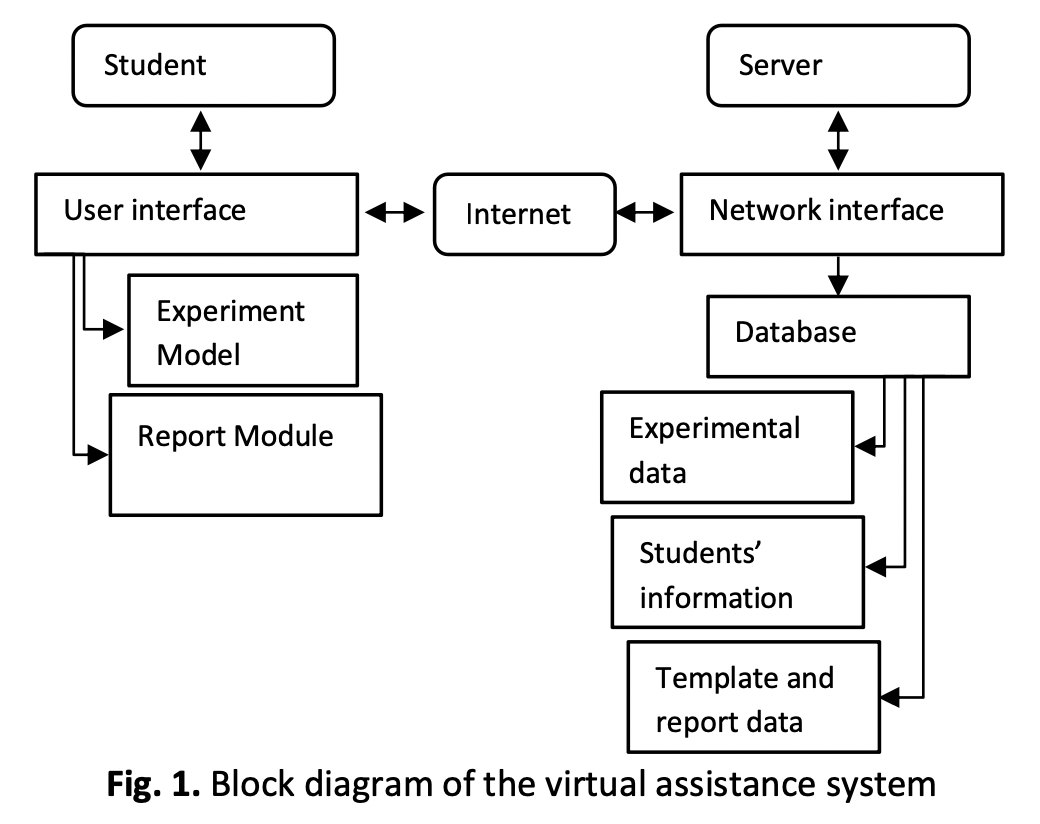Virtual Assistance System for Teaching Physics Experiments in University Students
DOI:
https://doi.org/10.37934/araset.40.1.109117Keywords:
Image processing, Pulmonary tuberculosis, RadiographyAbstract
According to previous studies, it can be seen that education has been facing new challenges to improve the quality of student teaching by achieving a better interpretation of the conceptual part and the experimental part as they are directly related, improving learning in natural science courses that require students to carry out experiments in laboratories to consolidate their knowledge. The problem raised in this research is that the teaching of the theoretical part is more important than the experimental part with respect to the Physics course due to the little time students have in the laboratories, as well as the limited space that does not allow them to freely carry out experiments in laboratories as poor infrastructure, resulting disadvantageous for students by not demonstrating the hypotheses raised from the theory that would allow them to consolidate their knowledge. The aim of this research work is to develop a virtual assistance system for teaching physics experiments to university students with a high level of reality in order to improve the student's experimental practice, taking advantage of a new form of centralised teaching that prioritises the student's time and space through a dynamic interface. The methodology used for this research is based on a client-server model, a TCP/IP data protocol that allows the computer to send and receive data, graphical features of the operating system with the Microsoft Windows platform for interaction with the virtual laboratory without time restriction. According to the tests carried out, it was observed that the virtual assistance system was performed efficiently by detailing the tests of its corresponding function with an efficiency of 95.14%, which is a high value for a virtual laboratory system that allows experimental processes to be carried out. It was concluded that this system presents a dynamic interaction to perform experiments in the virtual physics laboratory with the appropriate materials for better learning.
Downloads





























